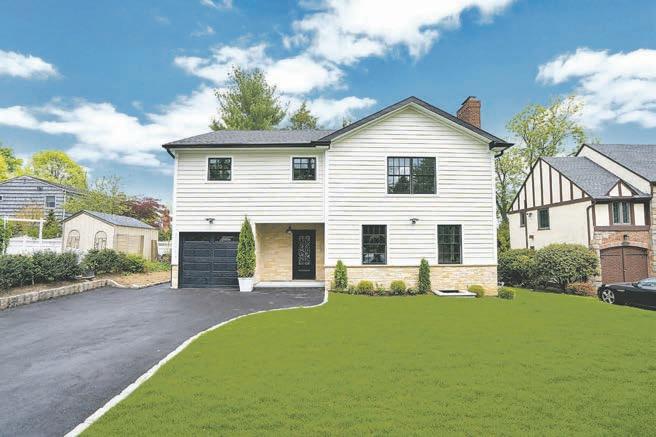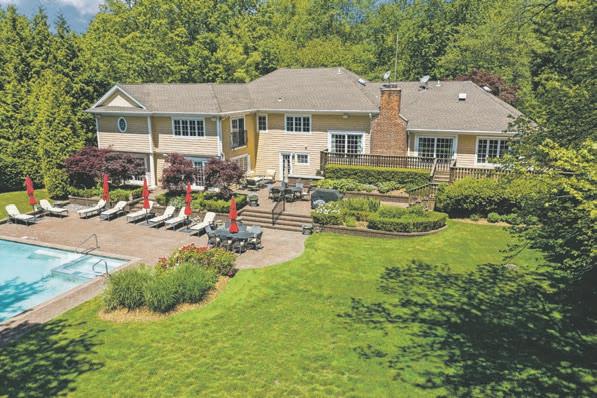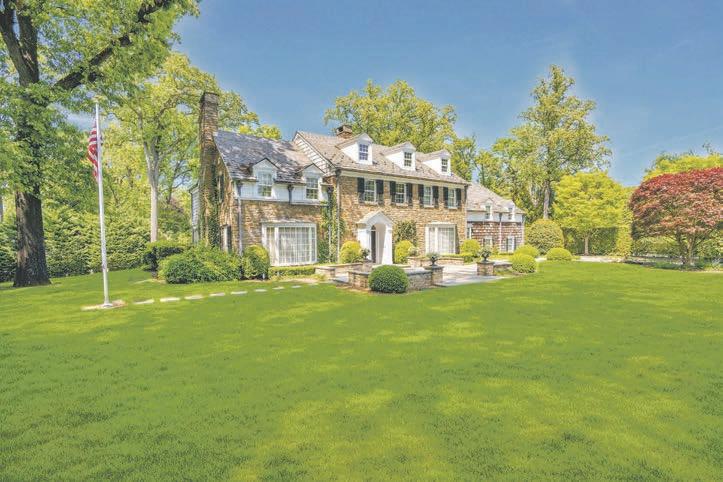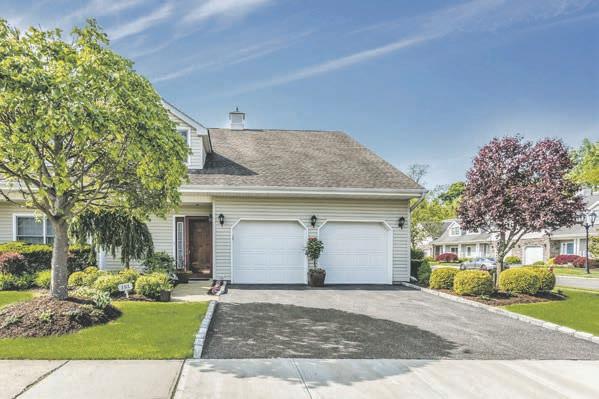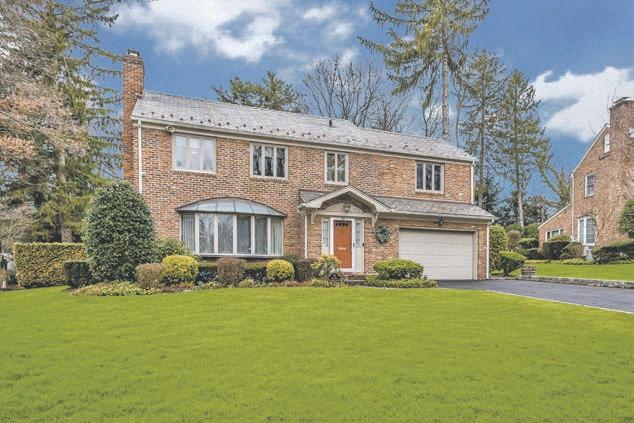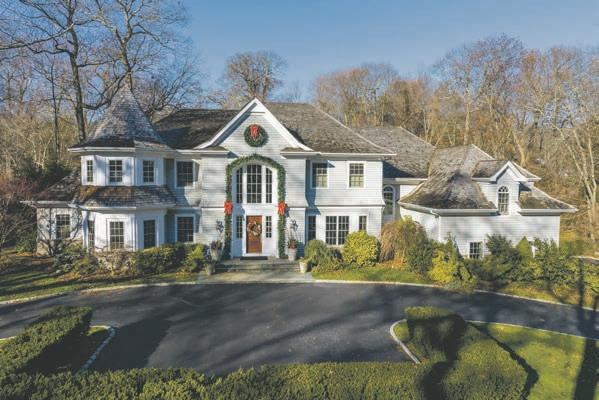
2 minute read
How To Grow 100 Pounds Of Tomatoes
BY ANTON MEDIA STAFF specialsections@antonmediagroup.com

Advertisement

Raising a garden can lower the grocery bills and provide the freshest, most delicious tasting veggies, said straw bale gardening pioneer Joel Karsten.
“Tomatoes, even in season, are a couple of dollars a pound, and it isn’t uncommon to grow 100-plus pounds of tomatoes from a single bale,” he said. “The savings you’ll get from growing a garden are astounding and make a huge difference in any family budget.”
Now is the time to lay the groundwork for a summer garden, and Karsten shared the details of his revolutionary method in his book, Straw Bale Gardens Complete. This unique technique makes growing fresh veggies possible even for those with bad soil or no backyard at all.
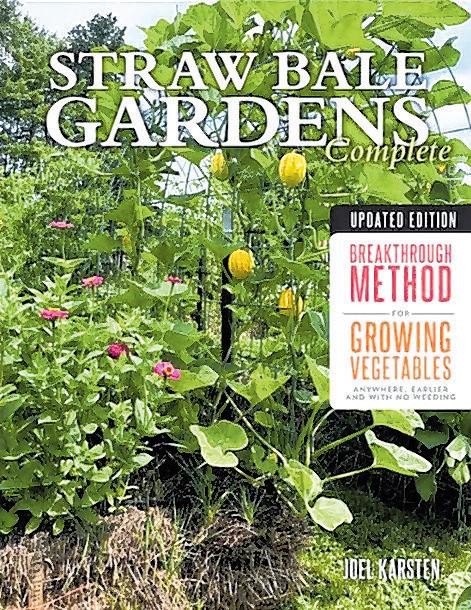
“If you have never picked peas fresh from a garden and brought them immediately to the steamer and then slathered them in butter and sprinkled them with salt, then you have never even tasted peas,” Karsten continued. “It is a flavor so delightful that it is unmatched in even the finest restaurant.”
And those looking for the perfect hostess gifts for summer barbecues can create beautiful flower arrangements without breaking the bank.

“Flowers are amazing in straw bales,” Karsten said. “For less than two bucks, anyone can buy a pack of midget sunflower or zinnia seeds, and with just one bale, grow enough flowers to make 50 vases of cut flowers all summer long.”
Karsten’s method requires less maintenance and weeding, and because of the raised height, makes gardening more accessible for seniors who can’t do the hard physical work of gardening. The method works in any climate and for nearly every vegetable crop, and doesn’t require any soil at all, so it can be done on concrete, asphalt or even on a rooftop.
Straw Bale Gardens Complete provides an abundance of inspiration, with detailed steps for planning, planting and harvesting a straw bale garden; bale variations and options; watering guidelines; and plant profiles. Also included are tips for irrigating in dry climates, gardening in small and urban spaces, and even DIY instructions for homemade bales from compostable materials. The book is filled with color photos and project ideas, including how to set up a greenhouse for less than $100.
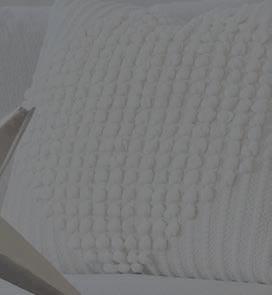
“Growing a successful vegetable garden is difficult enough if you have terrific soil to plant your garden into, but with poor soils it can be virtually impossible,” Karsten added. “Straw bale gardening allows anyone, even those with the worst soil conditions, to grow a terrific garden that is inexpensive, productive and much less labor intensive.”
A horticulture science graduate from the University of Minnesota, Karsten grew up on a crop and dairy farm in southern Minnesota where the seed for his love of gardening was planted. After buying his first home and realizing that nothing could grow in the compacted construction backfill, he experimented with growing tomatoes, cucumbers and peppers in straw bales. He continued to perfect his method for gardening this way for 14 years until a reporter from the local NBC affiliate did a story and he realized just how revolutionary his method was. This prompted him to write his straw bale gardening series of books, which includes Straw Bale Gardening, Straw Bale Solutions and Straw Bale Gardens Complete
Karsten also developed BaleBuster conditioner to help prepare straw bales for optimal plant growth. A keynote speaker, Karsten has made more than 2,000 presentations about straw bale gardening since his first appearance on the local news. He and his wife, Patty, live in Roseville, MN, with their dog, Tucker.
For more information visit www.strawbalegardens.com or follow the author on Facebook (LearnToGrowAStrawBaleGarden), Instagram (StrawBaleGardenClub) or YouTube (Straw Bale Garden Club).
